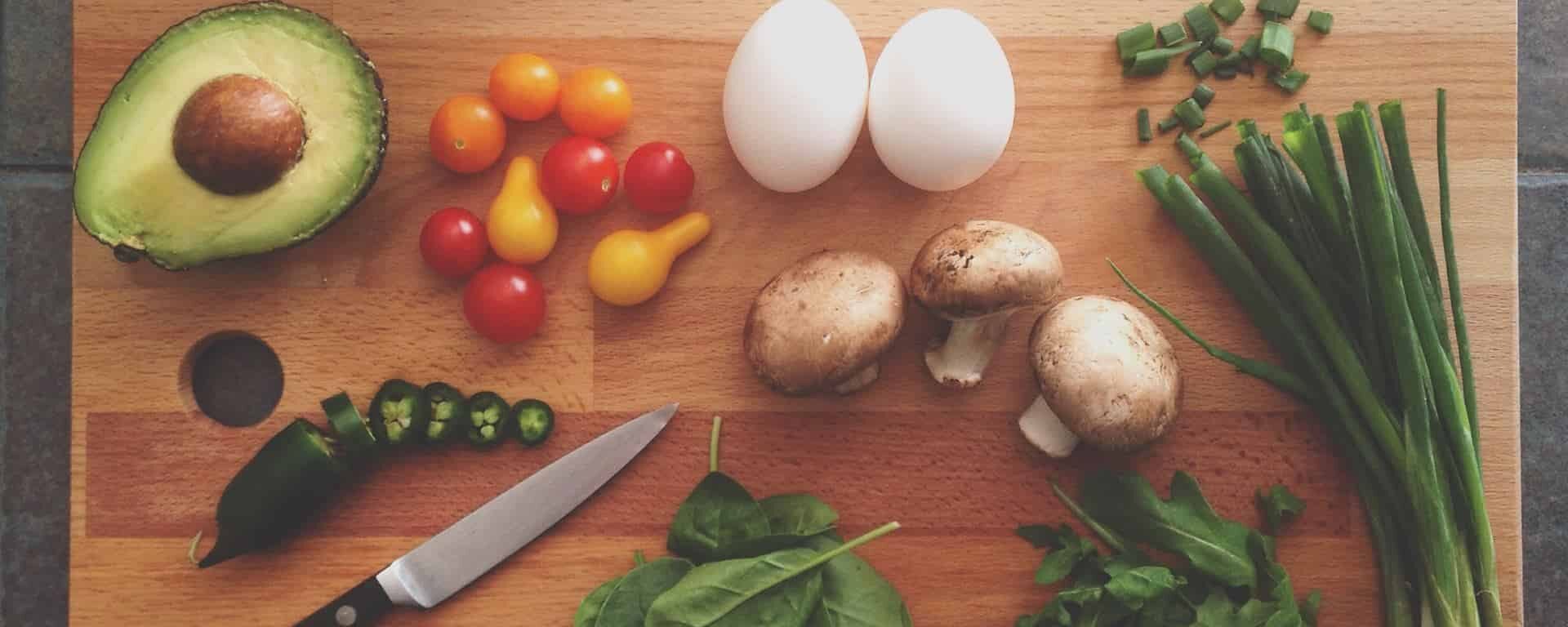
Calories in, calories out. No calorie counting, just go low carb. Avoid fat, and you’ll shred fast.
Let’s face it: we’ve all heard the endless variations of diets out there recommending either cutting certain macros and/or cutting calories or simply ignoring calories and eating very low carb. Like most, you’re probably wondering which path is the right path to getting shredded once and for all. You’ve probably even tried multiple methods with subpar results.
The fact remains: calories matter when it comes to shredding. And not only that but the type and quality of those calories also matter.
We break down the solid math below on what numbers you should be calculated in order to steadily drop fat. And no, this isn’t the typical extreme calorie-cutting you’ve seen before – this approach is used by some of the swolest, leanest in the industry, and is one I also use myself.
Calories: The Numbers

So. Calories. How many do we actually need to shred?
To calculate this, we first need to establish a baseline number of calories we need every day. You may have even done this before, but you can easily plug in your daily activity level into a calculator like this to figure out how many calories, on average, you’re burning a day. Make sure to add in daily work activities and the number of times you work out per week.
Got that?
P.S.: An extremely easy way to do this is take your weight, times it by 10, then add, say, 200-300 calories for daily “office/work” activities, then about another 400-500 for exercise depending on how much you do, and you’ll get a rough estimate of your maintenance calories.
If you keep eating this amount every day and keep eating the same foods, and you have no health issues, your weight will remain stable.
Now, let’s say you weigh 200 lbs and 200 x 10 will give you your minimum calorie requirement at 2,000 calories to maintain your weight if you did nothing more than lay in bed all day only breathing.
Add work activity, which could be office work or getting up to get coffee/typing at a computer, etc … and add a rough estimate of calories burned. Say 300. Now, add your physical activity. Another 400-600 depending on the level of intensity and times per week. We’ll say 600.
You’re now at 2,900 calories to maintain your weight as it is right now with your current activity level. We’ll round up to 3,000 to make the math easier here.
A Little Goes A Long Way
In reality, all you need to do at this point to start dropping fat is to reduce your calories by 10 percent. That’s all. Just 10 percent, focusing on reducing a higher amount of calories from carbs first.
So by reducing 10 percent, you’re at 2,700 calories per day to start losing weight. This should be reflected on the scale or measurements (I always recommend measurements) and most importantly, you should be able to see a difference in the mirror.
Now, here’s the kicker: you will notice, even in this small reduction, results within 6-14 days. Then you’ll most likely notice a plateau. The common advice and instinct when this happens is to start drastically reducing calories, even more than before, to get ‘more” results. Unfortunately, this can send your body into a panic mode to conserve weight where you may keep plateauing.
The key at this point is to only reduce by another 10 percent. So now we’ll take 2,700, reduce it by 10 percent, and arrive at 2,430 calories. Don’t reduce more than this for each time you reduce.
You will still see results here, but the shock factor to your body and mind will be missing – instead of drastically reducing your calories and increasing cravings and binges and feeling down in the dumps, you’ll create a steady-loss scenario that favors long-term fat loss and long-term shred. Most people reduce too drastically and too fast, which leads them to burn out, or even gain weight from their body going into a preservation state.
The thing with this simple method is it will work, but it requires discipline. However, a couple of months of discipline getting tangible results versus boomeranging around different diets and methods and getting nowhere is a pretty good trade-off, right?
Keep in Mind: Calorie Quality Matters

After configuring the numbers, it might seem like a calorie is a calorie – so eat whatever, as long as it “fits the macros.”
This mindset can work for some with miracle metabolisms that aren’t phased by things like blood sugar spikes or food sensitivities, but for the majority, quality of calories matters nearly as much as quantity.
Let’s use the old adage of gasoline in a car: would you put regular gas in a Maserati (insert other dream wheels) that requires Premium?
Probably not, if you put that much investment into it. Plus, you want it to perform at top-notch 24/8.
Eating high quality, whole foods is going to encourage your body to not only perform at top-notch during workouts and daily life but also minimize blood sugar spikes from processed sugars and carbs (aka, junk food), which can encourage fat storage. Natural food also means better digestion and absorption of nutrients, including protein, so you may actually see more gains. When we eat shitty foods with all kinds of processed ingredients, any number of them (chemicals, pesticides, corn syrups, you name it) can cause widespread inflammation in our guts and can inhibit proper digestion, which means you may actually receive less of the nutrients you need to retain muscle during a cut.
Not to mention, whole foods are super nutrient-dense, providing you with much more than just a carb, fat, or protein – they can give additional ingredients like vitamin D that can help boost fat loss. [*]
Whole foods are also much more satiating than processed snacks and things like chips and sugary protein bars. Think about it: what’s more satisfying? A tender braised cut of steak with heaps of seasoned veggies and a bit of sweet potato on the side, or half a bag of popcorn and a protein bar?
Quality can save your gains and give you better results and health (why we’re in the game!) in the long run.
Shredded Made Easy: The Dolce Diet

Finding your calorie needs is easy, but when you’re just starting out (or even if you’ve been in the game long-term, but aren’t getting results) you may want to consider trying out a tailored program. Personally, I’ve been in the game for QUITE some time and still use and follow the Dolce Diet as my go-to for reference when it comes to shredding.
When you start the program, you’ll also get access to a:
- Comprehensive Online Nutritional Audit
- Initial “Dolce Diet” Registered Dietitian Phone Consultation
- 8 Weeks Of Non-Stop “Dolce Diet Team” Support & Monitoring
- One 15-Minute Phone Consultation Every 2 Weeks
- Two Personalized 4-Week Meal Plans With Recipes & Grocery Lists
… and more along your journey to shredded over the course of 8 weeks. You can read more in-depth about the program here, and I highly recommend giving it a try if you need some guidance and are failing to see results on your own.
Good insights.
Great information
Hi Eric
thanks for the info this is great! Just starting back on your work outs after a previous injury resurfaced. I was speaking with another fitness expert and they had advised me in order to not plateau to do a zig zag pattern of calories. Meaning – the calories you need to eat in a day are “x” however, tomorrow it will fluctuate by +/- 200 calories and jump up and down through the week. Can you comment on the difference in results or if this in fact may prevent plateau or if there may be any pros/cons to this approach?
Also after you reduce the calories by 10% for the second time, do you keep reducing until you reach your goal weight and then how do you determine the amount of calories for maintenance?
THANKS!! and really appreciate the info and work outs!